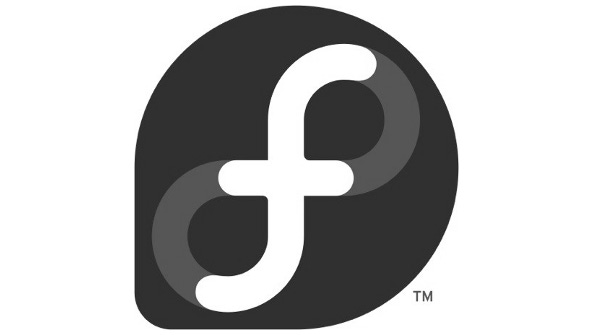The latest version of Fedora, the Linux distribution that helps shape the features that make it into Red Hat's (RHT) open source platforms, is out this week, sporting updates in the realms of containerization, server databases, file storage and the GNOME desktop.

The latest version of Fedora, the Linux distribution that helps shape the features that make it into Red Hat‘s (RHT) open source platforms, is out this week, sporting updates in the realms of containerization, server databases, file storage and the GNOME desktop.
The Fedora Project, a community open source development effort sponsored by Red Hat, announced the latest version of its operating system, Fedora 22, on Tuesday. The new release is the next step in the Fedora.next initiative, which the Fedora team launched more than a year ago to plan the future of the open source platform, one of the community’s most popular Linux distributions. Fedora 21 was the first version of the operating system to follow the Fedora.next guidelines.
In accordance with Fedora.next, Fedora 22 is available in three distinct “flavors.” While all flavors share a common basic code base, the various iterations of the platform are tailored to particular use cases, including:
Fedora 22 Cloud, which introduces the latest features from the Project Atomic containerized virtualization and app hosting platform, as well as updates from Docker.
Fedora 22 Server, built using the rolekit infrastructure for managing server services. New in Fedora 22 Server is a database server “role” via rolekit based on PostgreSQL. Server admins will also be interested to know that Fedora Server now defaults to the XFS file system.
Fedora 22 Workstation, which is designed for developers and desktop users and now features integration with the Vagrant development environment, as well as new desktop apps and a refined GNOME theme.
As of Fedora 22, the Fedora team is now back on a bi-annual release cycle. That means Fedora will retain a rapid pace of development, and, by extension, that the platform will remain most popular with power Linux users who prefer cutting-edge technology over perfect stability. Still, since Red Hat uses Fedora as a proving ground of sorts for technology that eventually makes it into the company’s enterprise-class Linux platforms, Fedora is an important distribution to watch even if you’re only interested in the commercial open source ecosystem.
About the Author(s)
You May Also Like


